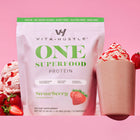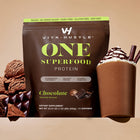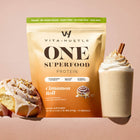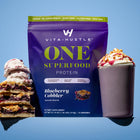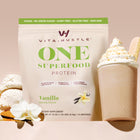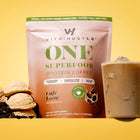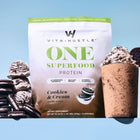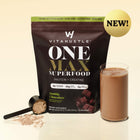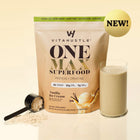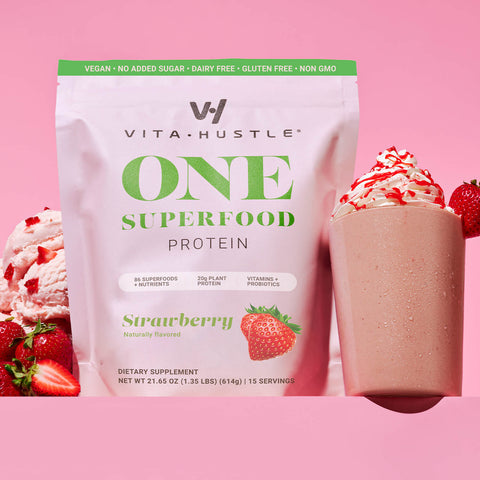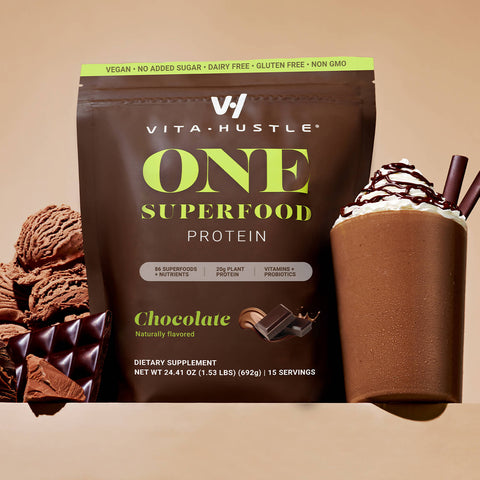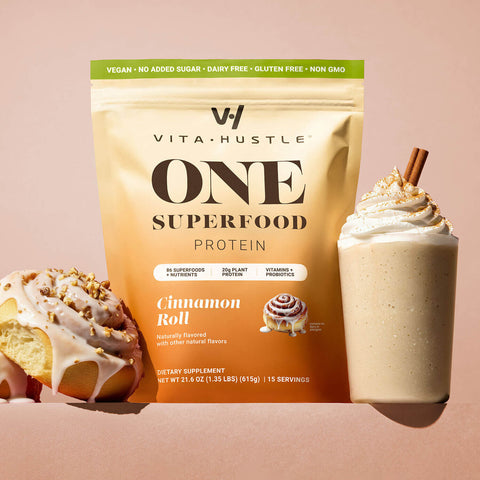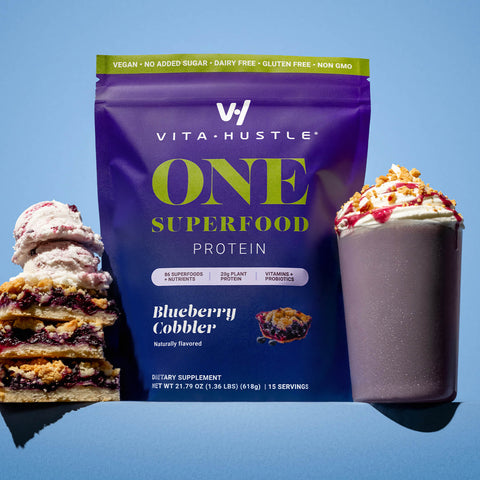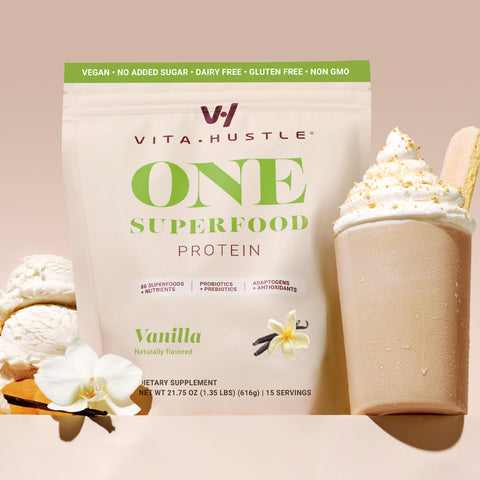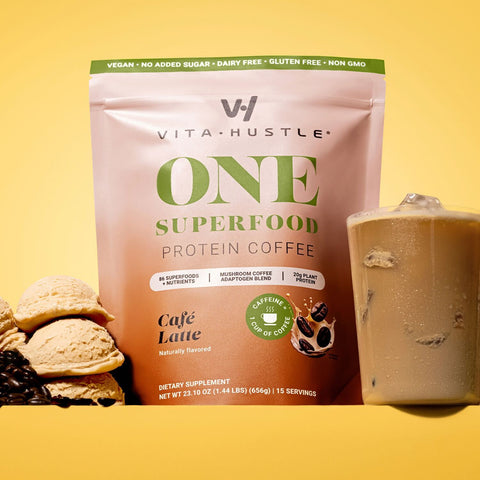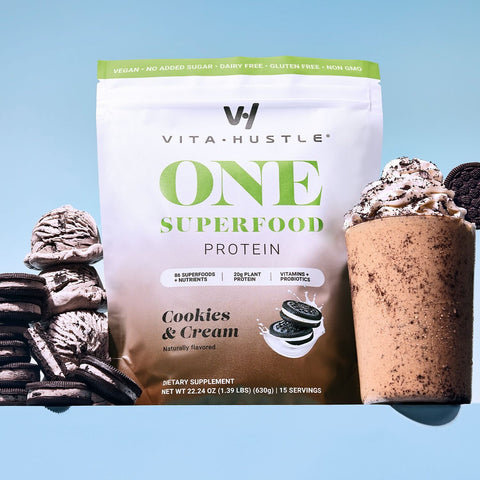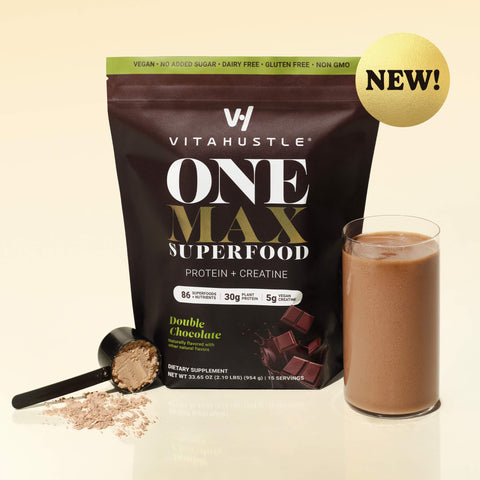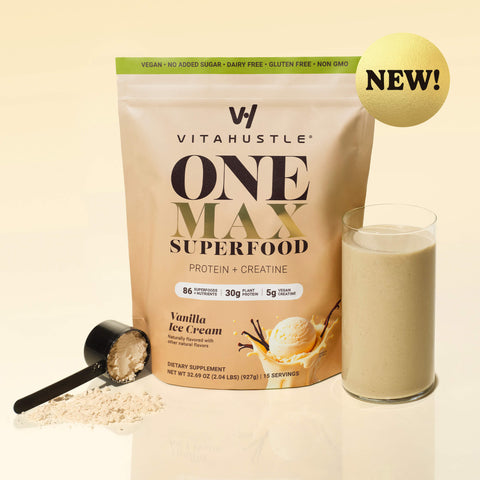For the most part, building your body according to your ideal physique will also give you a healthy one. Lower levels of body fat will reduce your risk of heart disease, diabetes, and several types of cancer. Strong muscles will keep your metabolism humming and prevent a multitude of accidents and injuries. Unfortunately, it is possible to create a figure that looks like it could be on the cover of a fitness magazine but still leaves a lot on the table when it comes to attributes beyond aesthetics.
It might feel odd to take a break from the crunches and concentration curls to focus on things like movement, longevity, and injury prevention. Think of yourself as a “Life Athlete.” You are training for all of the chaos and unpredictable challenges that occur on a given day. Here is a list of things to consider adding to your regimen to win the competition against age and anything else modern living can throw at you.
Focus On Function
Instead of thinking of your workout in terms of muscles (chest, triceps, abs), construct your workout as a series of movements. Most of life breaks down into one of these six patterns:
- Squat: Bodyweight squat, front squat, back squat
- Hip Hinge: Deadlift, kettlebell swing, Romanian deadlift
- Lunge: Walking lunge, alternating lunge, multidirectional lunge
- Push: Bench press, overhead press, floor press, push-up
- Pull: Rows, pull-ups, lat pull-down
- Rotate: Medicine ball throws, wood-choppers, Russian twists
Additionally, perform unfamiliar movements a few times a week. Explore single-leg exercises or those done on an unstable surface or with a suspension trainer, such as TRX. Try to do fewer seated, machine-based exercises that use a fixed path of movement.
Lift Heavy (sometimes)
Lifting relatively heavy loads, a weight that makes you struggle to complete six, eight, or 10 reps, is massively beneficial for several reasons. Not only does the increased weight develop strength, studies show that it also builds bone mass and density. It’s fine to chase a good pump in the gym, but make sure that once or twice a week you use the iron to really challenge yourself.
Injury-Proof Your Body
The fastest way to fall out of shape is to get hurt. Spending time in the gym to make yourself a little more rugged is one of the best things you can do to keep yourself in the gym and looking good.
Many injuries come from strength imbalances, mostly because people like to develop the muscles they see in the mirrors (chest, biceps, hamstrings, delts) and forget about the muscles on their backside. By bringing up the muscle groups that comprise the posterior kinetic chain (calves, hamstrings, glutes, erectors, rear delts,) you can avoid a multitude of injuries, many you wouldn’t even suspect could be related to those muscles.
Another important physical asset to develop is core stability. One study found that improving core stability was particularly good at preventing lower-body injuries. Planks, side planks, dead bugs, and roll-outs are all good exercises for this important asset.
Learn New Movements
This can be difficult because it will require you to check your ego at the door. Learning new physical skills and movements is invaluable, especially as we age. Not only do novel movement patterns give overtaxed muscles a break, but the unfamiliar challenges increase neuroplasticity in the brain, improving your ability to learn and adapt. One study found that older adults who were taught new dances exhibited improved cognitive function over six months.
Practice Self Care
Your body needs help recovering, from everything. From tough workouts to eight-hour shifts in a chair, your joints and muscles absorb abuse almost every day. Write the owner’s manual to your body by learning and applying different recovery therapies until you find what works for you. Use a foam roller, stretch, try yoga, take Epsom salt baths, pay attention to your hydration, get more sleep.
Take Your Vitamins
Popping a daily multivitamin is one of the easiest things you can do for your long-term health and fitness. A study published late last year took a new look at vitamin and mineral deficiencies. Scientists found that even small deficits in certain nutrients (vitamin D, vitamin K, magnesium, and selenium, specifically) render certain proteins and enzymes inactive “thus leading to an increase in diseases of aging.”
